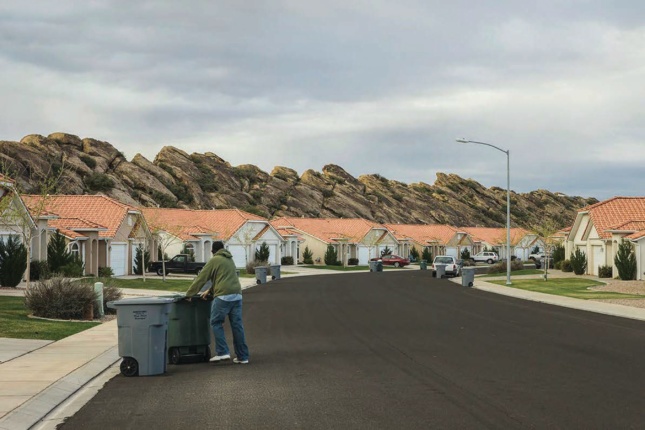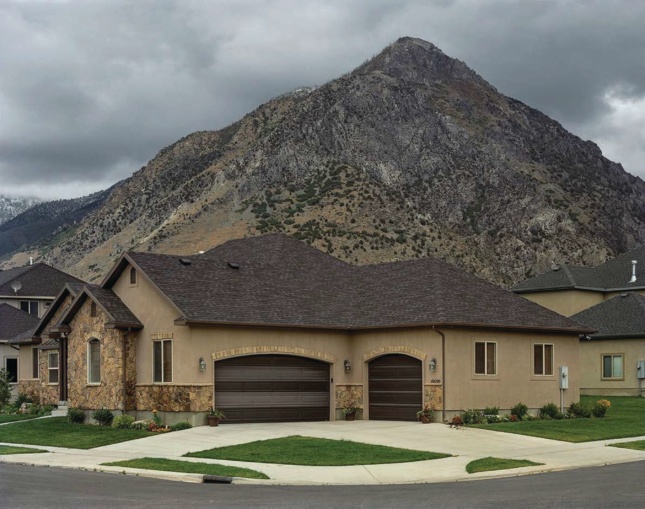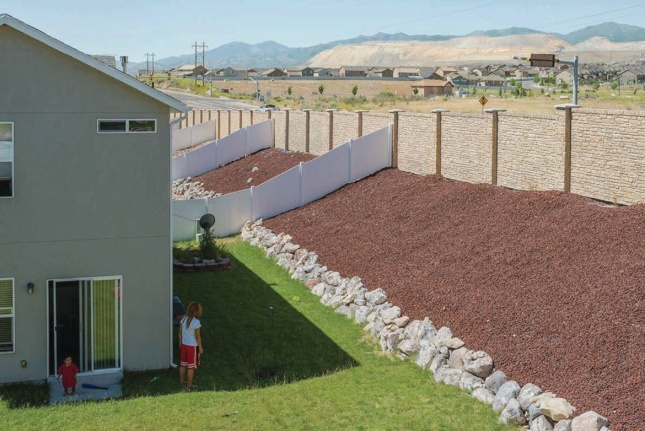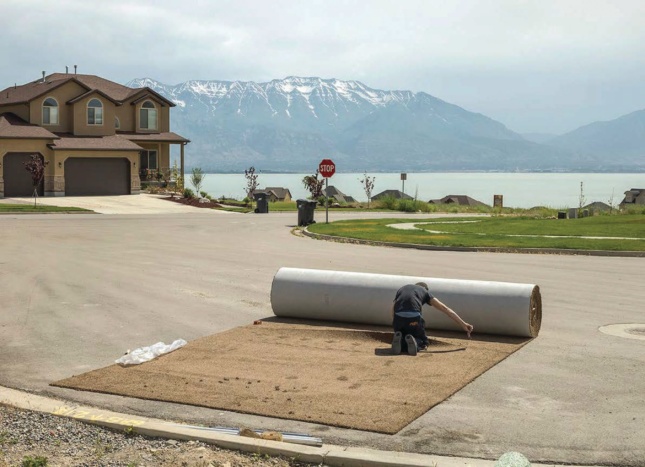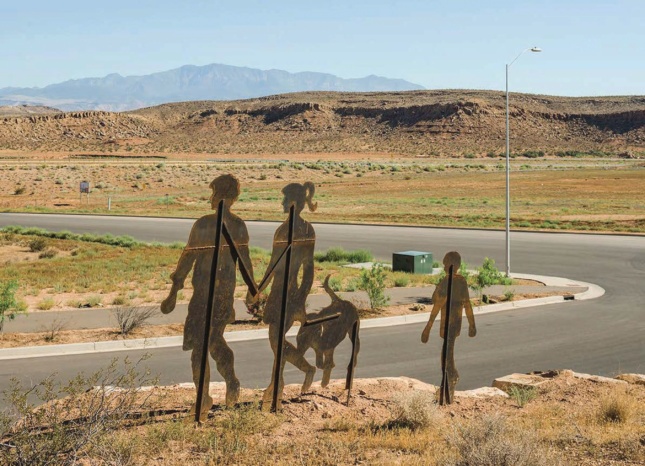Your Mountain is Waiting
By Steven B. Smith
Radius Publishing
MSRP $55.00
In his Homes for America photographic series (1966-1967), the New Jersey-raised conceptual artist Dan Graham revisited his home state to document the eerily tidy suburbs, with names like ‘Green Village’ and ‘Pleasantside,’ that appeared to have fallen from the sky during his absence. Entirely devoid of people and other personal effects, he drew attention instead to the pure seriality and geometric rigidity of post-war home developments to create a comparison between them and the then-current work of minimalist and rule-based artists. The accompanying text Graham provided is as cold and removed as the photos themselves, imagining New Jersey’s suburbs less as a place where people live and work than as an anthropological site to be examined with surveying tools.
Others have since made a tradition of mining the suburbs of America with a similar intellectual distance, from architects Robert Venturi and Denise Scott Brown in their exhibition Signs of Life (1976) at the Renwick Gallery of the National Collection of Fine Arts, to British architecture professor Jason Griffiths in his book Manifest Destiny (2011), for which he drove over 22,000 miles across the country to document the “placeless” character of the suburbs. Few in the creative fields, it seems, have reflected on the suburbs after having grown up in them.
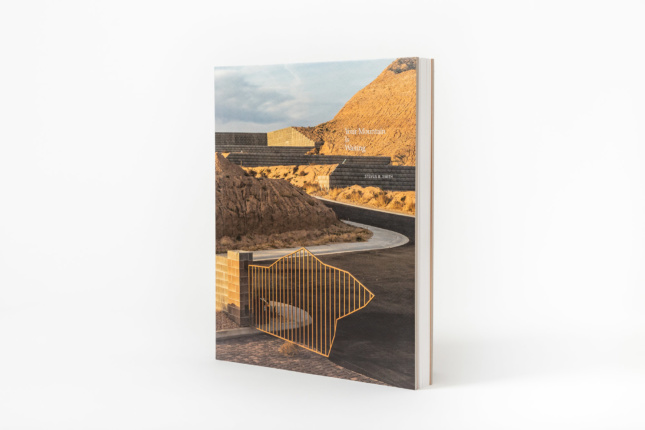
Born, raised, and trained as a photographer in the low-density sprawl of Utah, Steven B. Smith has made a career documenting the transition of the Western landscape into housing developments, of which he has an intimate knowledge. His latest book of photographs, Your Mountain is Waiting (2020), presents large-format images of recently completed and nearly complete housing developments to offer a study of the suburbs centered on those who build them and call them home. While he confirms the idiosyncrasies discovered by those who precede him, Smith comes across several of his own using the sensitivity and attention to detail of a resident observer.

For Smith, the suburbs are far from “placeless.” With a focus on the new neighborhoods popping up throughout Utah, his photographs document how their developers had to contend with the state’s famously picturesque land formations. Rooflines effortlessly mirror the mountain behind them, backyards encompass miniature topographies of their own (amateurishly fabricated with unironic admiration), and, in one photo, a boulder appears to violently intersect with the veranda of a hilltop home. Even the image on the book cover is a tangle of natural and built elements, from the mountain-shaped gate in the foreground to the textured blocks keeping the hills from losing form.
Human and geologic histories are rolled into one through the restless production of artificial mountainscapes that tirelessly attempts to conceal its own labor. The routine maintenance necessary to compete with the beauty of the surrounding landscape—taking out the garbage, watering plants, raking leaves, installing organically-shaped swimming pools—that would otherwise wish to remain invisible is exposed here in heroic compositions. The mysteries of seemingly ancient lawn objects are similarly dispelled by the presence of tractors, backhoe loaders, bricklayers, and plastic wrap fresh from the factory that all appear to be permanent fixtures of the environment themselves.
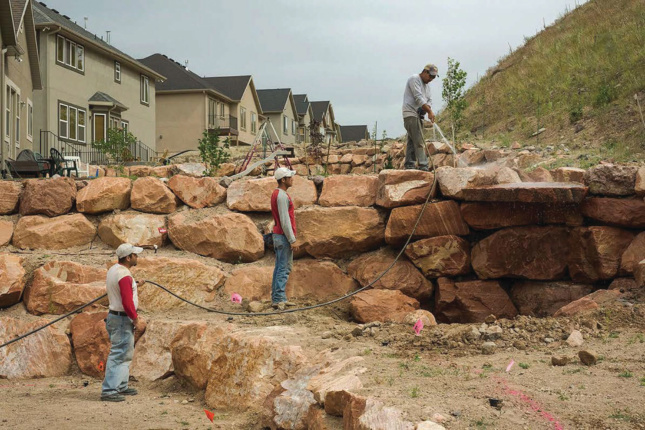
In an interview with Katie Lee-Koven near the end of the book, Smith asserts that the suburbs he photographed are particularly manicured because the majority of their residents are Mormon, a religious group with a unique pride for the American soil. “The yards in Utah,” he said, “have become a place where people are professing their love four country and also for landscape.” There is little doubt, however, that if one went to other suburbs across this country of seemingly every religious and cultural stripe, with a similar sensitivity and attention to detail as Smith demonstrates, a reverence for the American sublime through adoring imitation would be all too easy to find.
